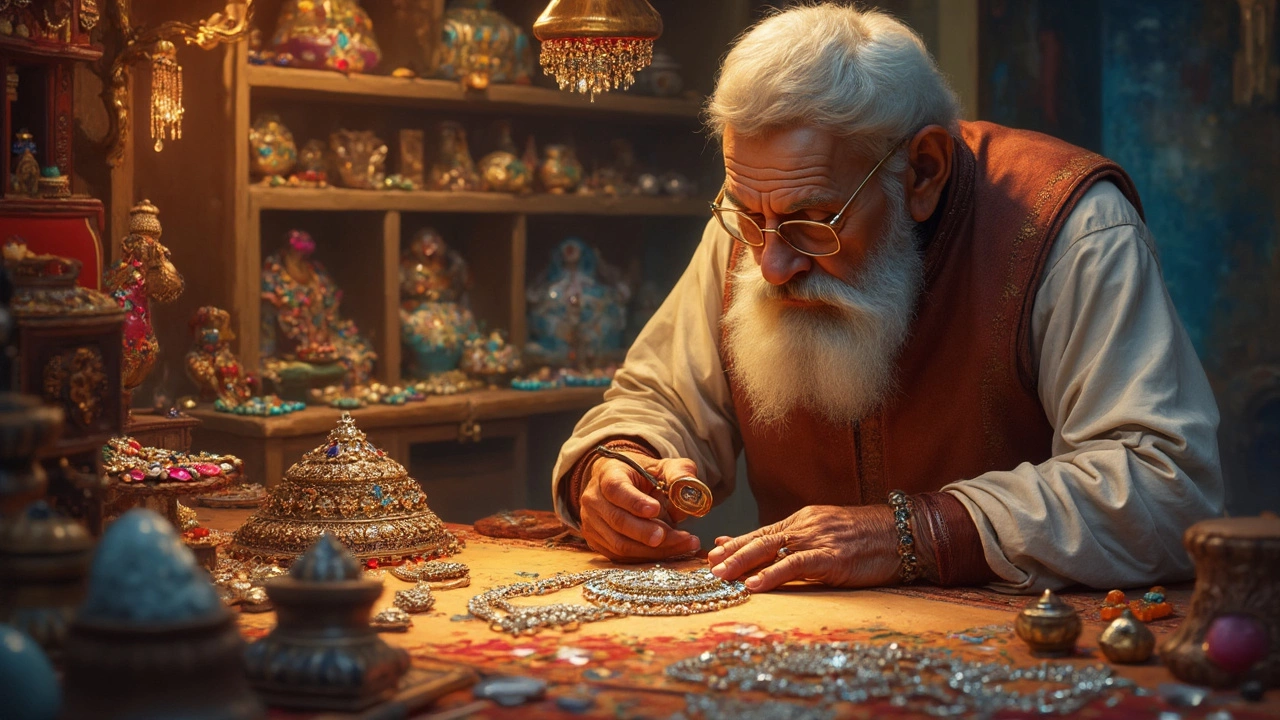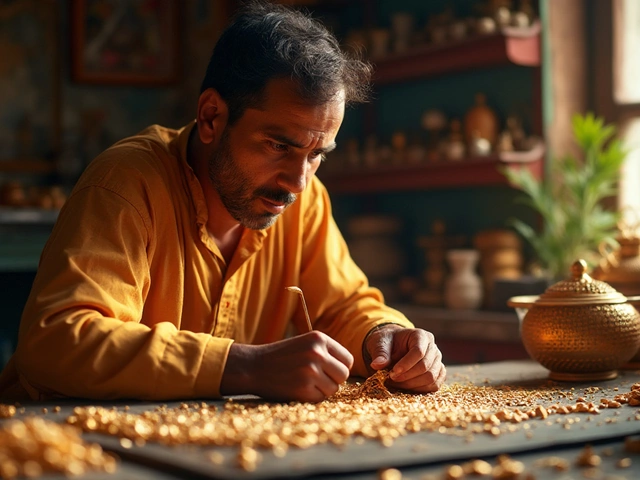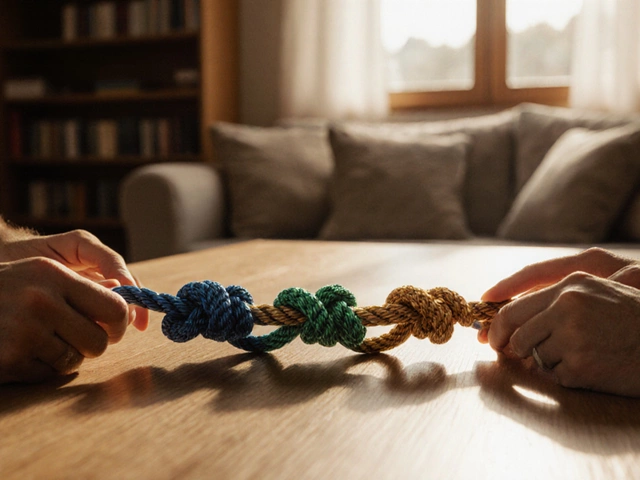Diamond Test: Quick Ways to Spot Real Diamonds
Got a sparkle you’re not sure about? Maybe it’s a genuine diamond, maybe it’s a copy. Either way, you don’t need a lab to find out. Below are easy, no‑cost tricks you can try right now, plus a few pro tools for that extra peace of mind.
Simple Home Tests
1. The Fog Test – Breathe on the stone like you would a mirror. Real diamonds disperse heat fast, so the fog disappears in a second. If the fog lingers, you’re likely looking at glass or cubic zirconia.
2. The Water Drop Test – Drop a tiny water bead on the facet. Diamonds are extremely hydrophobic, so the drop will bead up and roll off. A spread‑out droplet suggests a softer material.
3. The Newspaper Print Test – Place the stone, point side down, on a newspaper with dense text. If you can read the letters through the diamond, it’s probably not real. Genuine diamonds refract light so strongly that the text is blurry or invisible.
4. The White Paper Test – Hold the stone over a piece of white printer paper. Real diamonds reflect light in a rainbow of colors, creating a dazzling sparkle. A dull or single‑color reflection hints at a simulant.
5. The Scratch Test (Use Caution) – Diamonds can scratch glass. Gently try to scratch the back of a glass surface with the stone. If it leaves a mark, you might have a diamond. Don’t use this on precious pieces you love; it can damage the setting.
Professional Checks and Tools
When home tricks aren’t enough, a few pro tools give a definitive answer.
Diamond Tester Pen – This handheld device sends a small current through the stone. Real diamonds conduct electricity differently than most fakes, and the pen lights up to confirm authenticity. It’s cheap, easy, and works in seconds.
UV Light (Black Light) – Many diamonds fluoresce under UV light, showing a faint blue glow. While not all diamonds do, a strong fluorescence can be a helpful clue. A jeweler’s lamp or a UV flashlight does the trick.
Refractive Index (RI) Scope – Jewelers use this to measure how much light bends inside the stone. Diamonds have an RI of 2.42. The scope shows a clear view of the stone’s optical properties, separating it from glass (RI ~1.5) or CZ (RI ~1.7).
Professional Appraisal – If you’re still unsure, take the piece to a certified gemologist. They’ll use a combination of microscopes, lasers, and spectrometers to give a detailed report. It’s the safest route before a big purchase or resale.
Remember, no single test can guarantee 100% accuracy. Combining a couple of the simple checks above usually gives a clear picture. If the results are mixed, it’s time to visit a professional.
At RH Jewellers India, we offer free verification for all our stones. Bring in your piece, and our experts will run the full set of tests, so you can buy or sell with confidence. Real diamonds shine brighter when you know they’re genuine.
How to Tell If a Diamond Is Real: Essential Tips for Antique Jewelry Lovers
Uncovering the truth about whether a diamond is real can be quite the conundrum, especially when it comes to antique jewelry. From simple at-home tests to expert advice, this guide walks you through the practical steps to identify authentic diamonds. Learn about the ice test, reading inscriptions, and the importance of certifications. Find out how these tips can make a difference in your jewelry hunting experience.





